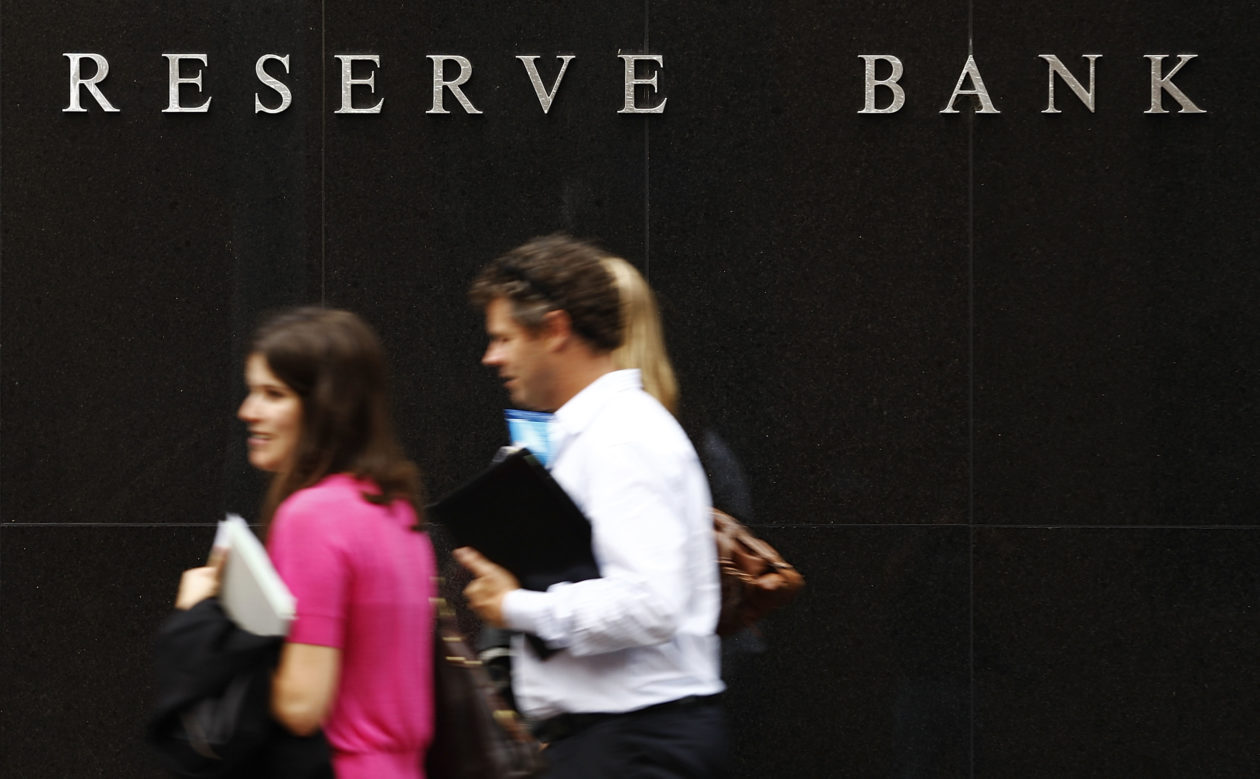The Reserve Bank of Australia has been conducting research into the implementation of a central bank digital currency but does not believe a case for issuing one has yet emerged. In its recent submission to the Senate Select Committee on Australia as a Technology and Financial Center, the RBA said it has been engaging with other central banks on possible use cases, including for cross-border payments.
Though there is not currently an Australian dollar-backed stablecoin, the RBA also said it had been researching the best regulatory approach should one ever be issued.
Public comment to the Senate committee closed last month after drawing over 200 submissions from institutions and individuals across the country. The RBA had announced in November last year it was partnering with other Australian banks and technology companies, including ConsenSys, on the project, despite previous reservations about such an undertaking. This is the most significant update on the project for some time, however. A report on the progress of the project is expected in the coming months.
But some in Australia’s crypto industry already disagree with the RBA’s assertion that the country does not need a government-backed digital currency. Priyanka Rao, CEO of financial advisory company Allowealth says that a use case is already here for payments and transactions, with the speed of digital crypto transactions being “incomparable” to traditional banking ones — especially for large international commercial trade. This would allow for greater opportunities for Australian businesses to globalize and may open options for multi-currency banking services.
A recent survey released by data analytics firm Finder.com found that 35% of Australians believe cryptocurrency payments will one day surpass the Aussie dollar in total transactions, a trend particularly strong in millennial respondents. Rao says this suggests Australians are becoming increasingly receptive to the idea of digital currencies, though concerns regarding volatility remain.
“The growth of stablecoins, especially in decentralised finance now paves the pathway for central banks to create officially issued currency to allow for regulations that are in the best interests of the general population,” she said.
The number of CBDCs is steadily growing around the world. The Bahamas were the first country to introduce one late last year with its “Sand Dollar,” and China is expected to have its digital yuan in widespread circulation by the Beijing Winter Olympics in February 2022. Although an Australian digital currency is nowhere near reality at the moment, experts say its research and development may still influence the adoption of CBDCs across the globe, especially given the likely differences in execution of the technology between jurisdictions. A Swiss CBDC may look very different from an Iranian one, for instance.
Blake Cassidy, CEO of Australian microinvestments firm Bamboo, is among those who is hoping to see an Aussie digital dollar come to fruition sooner rather than later. “Australia could potentially become a reference point for other CBDCs because there are going to be smaller or even other countries that look towards the first movers around design decisions or how to integrate with other CBDCs,” he said.
As this list of CBDCs grows however, the RBA may be feeling pressure to take action on such a project — hopefully in good faith, Cassidy said. “What comes to mind is whether it’s tokenistic or whether it’s sincere or whether they’re just doing it because they’re expected to or whether they’re seriously considering it.”
A legitimate effort or not, Cassidy believes it will likely be another 10 years before a CBDC — if Australia launches one — gains widespread adoption in the country, much in the same way the internet took over 30 years to mature into a stable expression of itself.
“It’s fascinating what the possibilities are,” Cassidy said. “It opens up the door for things that haven’t previously necessarily been as accessible as possible.”





